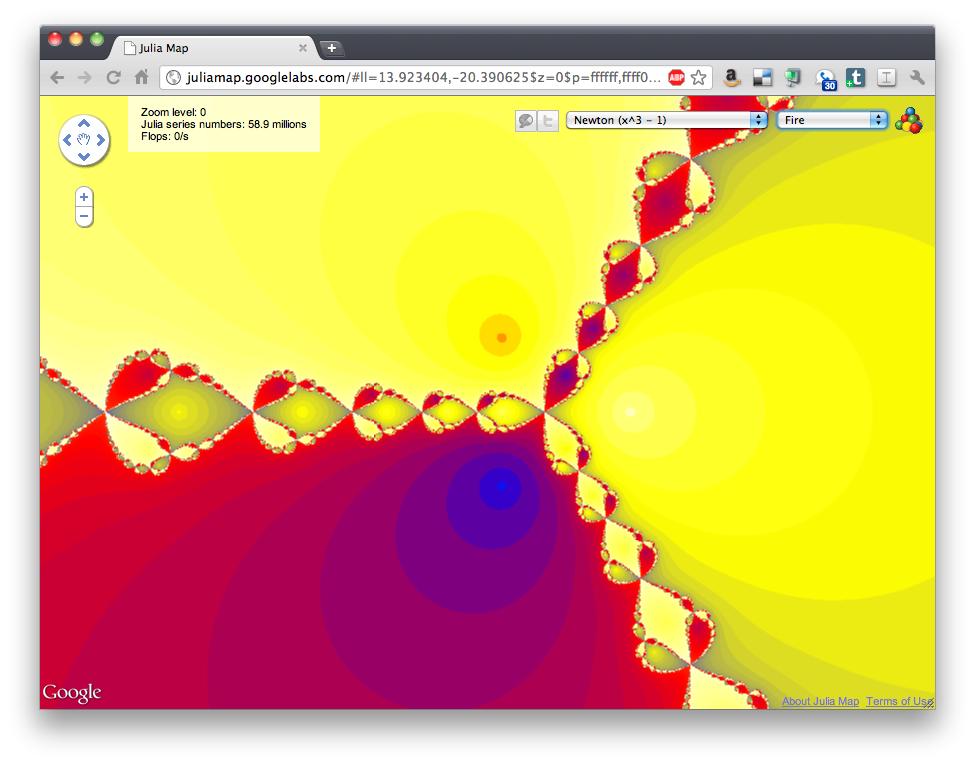ben beyda
-
SXSW Solo – Web Anywhere: Mobile Optimisation With HTML5, CSS3, JavaScript
–
Solo – Web Anywhere: Mobile Optimisation With HTML5, CSS3, JavaScript presented by Bruce Lawson, Web Evangelist, Opera Software Summary: Web apps, mobile phone apps, websites that work anywhere, SVG, HTML5, Widgets, location-aware sites, Media Queries. Beyond the buzzword assault is a revolution in the way sites are made, what they can do, and how they…
-
Google Labs Julia Fractal Map Uses HTML5
–
Recently Google Labs released its Julia Map fractal renderer – a neat project that uses the power of HTML5, the simple Google Maps interface, and remote processing to zoom endlessly into fractals. Try it! Google: Julia sets are fractals that were studied by the French mathematician Gaston Julia in the early 1920s. Fifty years later,…
-
iAd Beating Traditional TV Ads? Well Duh.
–
Today, a Nielsen study was reported as showin that Apple’s iAds are beating comparable TV Ad placements. In today’s market, it’s no wonder that ANY interactive ad platform is far outstripping tv ads. Interactive advertising, and now especially mobile interactive advertising is one of the hottest sectors of the ad industry right now. Also, I…


